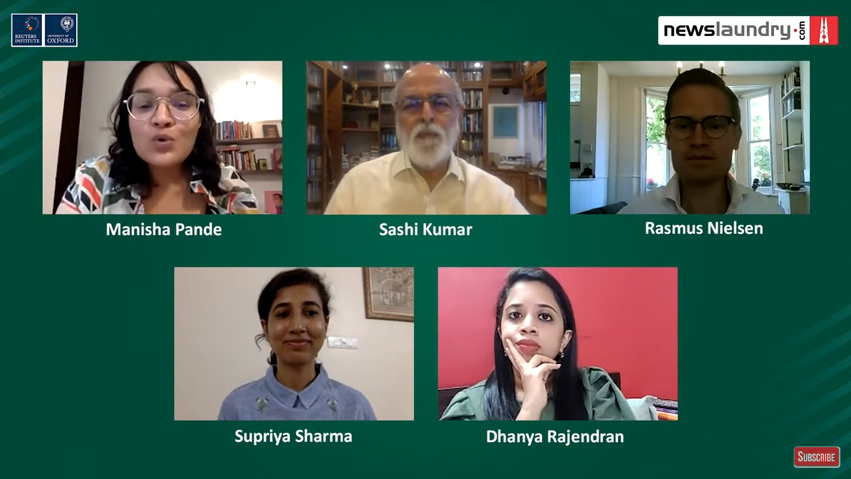Annie Louis
2:58
4:51
4:52
4:53
4:55
4:56
4:58
5:00
5:01
5:03
5:03
5:05
5:07
5:08
5:10
5:12
5:12
5:14
5:15
5:18
5:22
5:22
5:23
5:24
5:27
5:29
5:30
5:31
5:31
5:32
5:35
5:37
5:39
5:41
5:42
5:43
5:44
Connecting…






